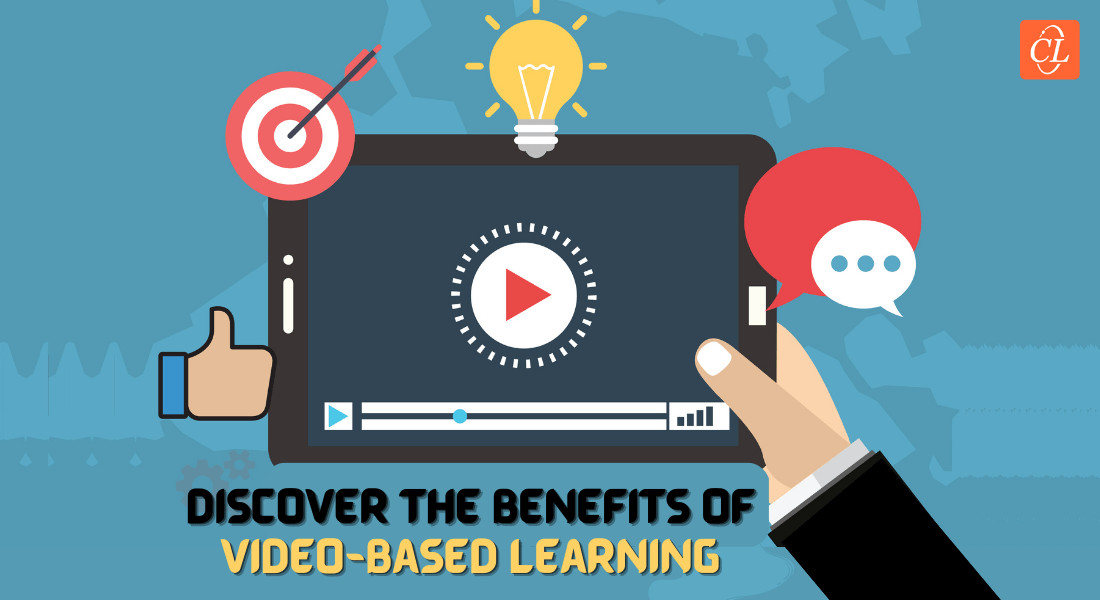“Fun Learning” in E-learning Courses – Part 1: Get Interactive
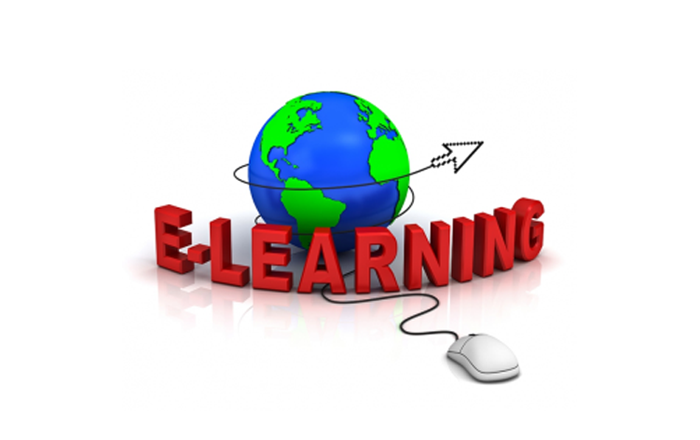
Many a time, while creating an eLearning course, we concentrate too much on the “out of the box” thinking that we lose focus on what actually matters – the learning! The ultimate goal of any eLearning course is to bring a measurable change in the performance or behavior of the learner. An organization opts for eLearning because it is cost-effective and provides easy access anytime, anywhere. However, as instructional designers, it is our job to make sure that eLearning is more than this. However, in an attempt to do so, we concentrate more on creating the “Fun” element rather than the learning.
Now, some say that it’s either fun or learning, and you can’t have both. Why not? There are ways to create an atmosphere of “fun learning” and develop eLearning courses that retain learner motivation. In this post, we will take a look at how we can have the best of both worlds. Starting with getting interactive with your learners.
Scrap the Clicks and Get Interactive:
Interactivity is one area, where almost every instructional designer falters. An important point to note here is that interactivity doesn’t mean just clicks and animations. If you think by using click on tabs or click on images you’re interacting with your learner, then you’re absolutely wrong! Just as you interact with people face to face, the same kind of interaction needs to be replicated in an eLearning course.
Although this may not be possible to the fullest extent, you can make an attempt to do so with the following aspects:
1. Content
The content of your eLearning course is its core. It’s better to do a thorough research of your content and know it “in and out”, before moving on to the next step. For example, if the content is based on performance management, then you will need to comprehend the content and come up with an appropriate context.
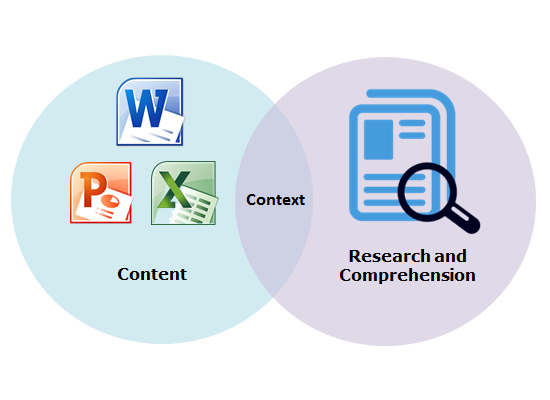
2. Context
A framework to begin your interaction, this is where you decide the treatment you ought to give to the course. The instructional strategy, design strategy and various other aspects of the course.
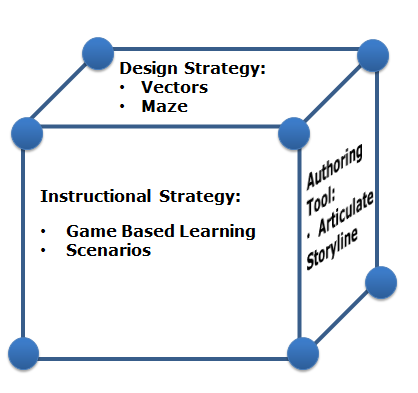
3. Challenge
An activity that makes the learner think and apply what he has learnt in the course. For example, if your content is about performance management and your context is game-based learning, then your challenge can look like this:
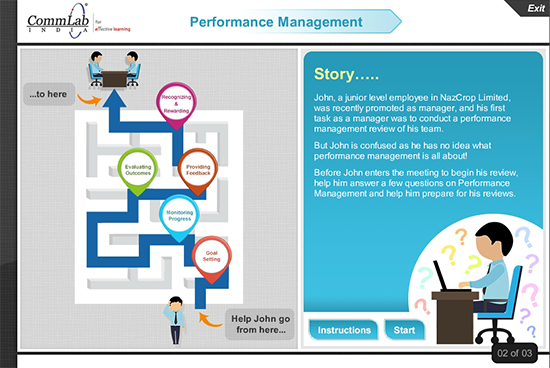
Use of games such as maze and puzzles will help reinforce several learning points.
4. Feedback
This is where you’re most honest with your learners, by telling them whether they were right or wrong. E-learning courses commonly make use of intrinsic feedback such as ‘Yes! That’s right’ or ‘No, that’s incorrect’. There are several interesting ways of providing feedback in an eLearning course.
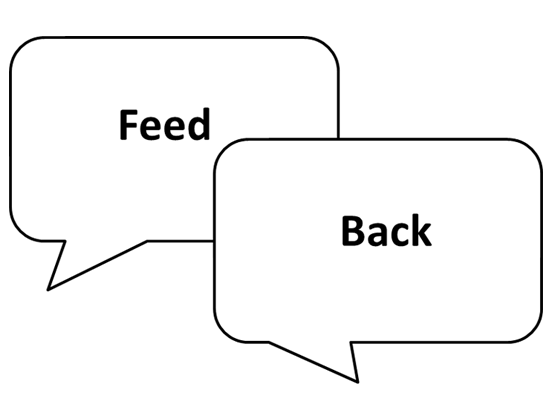
So, adding interactions is more than just clicks, it’s time to change what interactivity means in an eLearning course and move a step ahead in the right direction.




